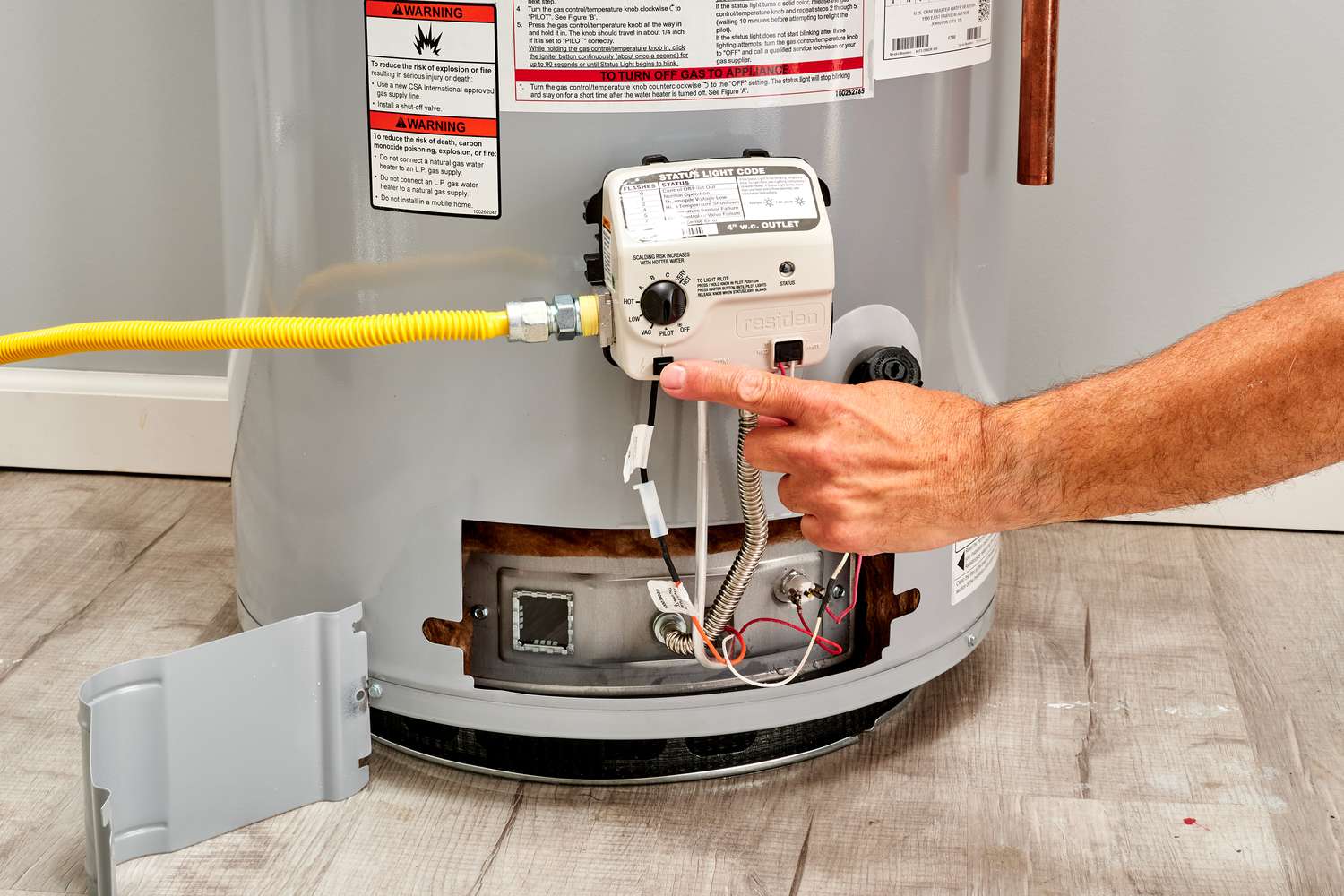

Articles
How Does A Gas Hot Water Heater Work
Modified: February 22, 2024
Discover how a gas hot water heater works in this informative article. Learn about the key components and the process of heating water efficiently.
(Many of the links in this article redirect to a specific reviewed product. Your purchase of these products through affiliate links helps to generate commission for Storables.com, at no extra cost. Learn more)
Introduction
A gas hot water heater is a crucial appliance in many households, providing a reliable and efficient source of hot water for various purposes. Whether it’s for taking a refreshing shower, washing dishes, or doing laundry, a gas hot water heater ensures a steady supply of hot water whenever you need it. But have you ever wondered how exactly a gas hot water heater works? In this article, we will explore the inner workings of a gas hot water heater, from its components to the processes involved in heating and delivering hot water.
When it comes to hot water heaters, there are generally two main types: electric and gas. Gas hot water heaters operate by harnessing the power of propane or natural gas to heat the water. This method provides several advantages, including faster heating times and lower operational costs. Understanding how a gas hot water heater functions can help you appreciate its efficiency and make informed decisions when it comes to maintenance and troubleshooting.
In this comprehensive guide, we will delve into the various components that make up a gas hot water heater and how they work together to provide a constant supply of hot water. We will also explore the ignition process, combustion process, heat transfer process, temperature regulation, venting system, safety features, and provide some valuable maintenance and troubleshooting tips. So, let’s dive in and uncover the fascinating inner workings of a gas hot water heater.
Key Takeaways:
- Gas hot water heaters operate by harnessing the power of propane or natural gas to efficiently heat water, providing a reliable supply for household needs such as showers, dishes, and laundry.
- Understanding the components, ignition process, combustion process, heat transfer process, temperature regulation, venting system, safety features, and maintenance tips is crucial for ensuring the safe and efficient operation of a gas hot water heater.
Read more: How Does An Electric Hot Water Heater Work
Overview of a gas hot water heater
A gas hot water heater is a versatile and energy-efficient appliance that is designed to provide hot water for various household needs. It is composed of several components that work together to heat and deliver hot water to faucets, showers, and appliances throughout your home.
The main components of a gas hot water heater include the tank, burner assembly, flue, thermostat, gas valve, and various safety features. The tank is typically made of steel and is insulated to minimize heat loss. Inside the tank, there is a dip tube that delivers cold water to the bottom, where it is then heated by the burner assembly.
The burner assembly is responsible for igniting and heating the gas that is supplied to the hot water heater. It consists of a gas burner, ignition system, and combustion chamber. When the hot water faucet is turned on, the gas valve opens, allowing gas to flow to the burner. The ignition system then sparks to ignite the gas, creating a flame within the combustion chamber.
In the combustion chamber, the flame heats the water surrounding the burner. As the water heats up, it rises to the top of the tank, displacing the colder water and creating a natural circulation process known as convection. This convection process allows for efficient heat transfer, ensuring that the entire tank is heated evenly.
The thermostat plays a crucial role in regulating the temperature of the water. It senses the temperature of the water in the tank and signals the gas valve to adjust the flow of gas, maintaining the desired temperature. This ensures that the hot water heater operates efficiently and prevents the water from becoming too hot or too cold.
The flue is a venting system that removes the combustion byproducts, such as carbon monoxide, from the gas hot water heater. It safely directs the exhaust gases to the outdoors, preventing their accumulation inside your home. The flue also helps to maintain the proper air circulation for combustion, ensuring the burner assembly operates effectively.
Gas hot water heaters also incorporate various safety features to protect against potential hazards. These can include a pressure relief valve, a temperature and pressure relief valve, and a flammable vapor ignition-resistant design. These safety features provide peace of mind and help prevent accidents or malfunctions.
Now that we have a general understanding of the components and functions of a gas hot water heater, let’s explore the ignition process and how the burner assembly creates the flame that heats the water.
Components of a gas hot water heater
A gas hot water heater consists of several essential components that work together to ensure the efficient heating and delivery of hot water to your household. Understanding these components can help you identify any potential issues and carry out proper maintenance when necessary. Let’s take a closer look at the key components of a gas hot water heater.
1. Tank: The tank is the central component of the hot water heater. It is typically made of steel and is insulated to minimize heat loss. The tank holds and heats the water until it is needed.
2. Burner Assembly: The burner assembly is responsible for igniting and heating the gas. It consists of a gas burner, which produces the flame, an ignition system, and a combustion chamber where the flame is contained. The burner assembly is located at the bottom of the tank.
3. Flue: The flue is the venting system that ensures the safe removal of combustion byproducts, such as carbon monoxide, from the gas hot water heater. It directs the exhaust gases to the outdoors and maintains proper air circulation for combustion.
4. Dip Tube: The dip tube is a tube that delivers cold water from the water supply into the tank. It is designed to deliver the cold water to the bottom of the tank, where it is heated by the burner assembly.
5. Thermostat: The thermostat is a temperature-regulating device that monitors and controls the temperature of the water in the tank. It sends signals to the gas valve to adjust the flow of gas, ensuring that the water remains at the desired temperature.
6. Gas Valve: The gas valve controls the flow of gas to the burner assembly. When the hot water faucet is turned on, the gas valve opens, allowing gas to flow and ignite the burner assembly.
7. Pressure Relief Valve: The pressure relief valve is a safety feature that releases excess pressure inside the tank. It prevents the tank from becoming overpressurized and potentially causing damage or explosions.
8. Temperature and Pressure Relief Valve: This valve is designed to release water if the temperature or pressure inside the tank exceeds safe levels. It helps protect against potential dangers, such as excessive heat or pressure buildup.
9. Anode Rod: The anode rod is a sacrificial metal rod that helps prevent corrosion inside the tank. It attracts corrosion-causing agents and prolongs the lifespan of the hot water heater.
10. Drain Valve: The drain valve is located at the bottom of the tank and allows for the draining of the water heater for maintenance or replacement.
These components work together harmoniously to ensure the efficient and safe operation of your gas hot water heater. Regular maintenance and inspection of these components will help extend the lifespan of your hot water heater and ensure a steady supply of hot water for your household needs.
Ignition Process
The ignition process in a gas hot water heater is responsible for safely igniting the gas and creating a flame within the combustion chamber. This process allows the burner assembly to heat the water in the tank, providing the hot water you need for various household tasks. Let’s explore the ignition process in more detail.
1. Pilot Light Ignition: In older gas hot water heaters, a pilot light is used to ignite the gas burner. The pilot light is a small, continuously burning flame located near the burner assembly. When the hot water faucet is turned on, a small amount of gas is released and ignited by the pilot light, creating a flame that heats the water.
2. Electronic Ignition: Many newer models of gas hot water heaters use electronic ignition systems for improved efficiency. There are two types of electronic ignition systems: intermittent ignition systems (IIS) and continuous ignition systems (CIS).
– Intermittent Ignition System (IIS): With an IIS, the gas control valve and ignition module work together to ignite the gas burner only when hot water is needed. When you turn on a hot water faucet, an electrical signal is sent to the ignition module, which then opens the gas valve and produces a spark to ignite the burner.
– Continuous Ignition System (CIS): A CIS keeps the pilot light ignited at all times. When a demand for hot water is sensed, the gas control valve opens and releases gas to both the pilot light and the main burner. This allows for faster ignition and eliminates the need for a separate pilot light.
Both pilot light ignition and electronic ignition systems ensure that the gas burner is ignited in a controlled and safe manner, providing the necessary heat to start the combustion process and heat the water in the tank.
It’s important to note that if you have an older gas hot water heater with a pilot light, you may need to manually relight the pilot light if it goes out. Refer to the manufacturer’s instructions for the proper procedure to relight the pilot light, as it may vary depending on the specific model.
Overall, the ignition process in a gas hot water heater is a critical step that kickstarts the combustion process and enables the burner assembly to heat the water. By ensuring a reliable ignition source and proper functioning of the ignition system, you can enjoy a steady supply of hot water for your daily needs.
Combustion Process
The combustion process is the heart of a gas hot water heater, as it is responsible for generating the heat that warms the water in the tank. This process involves the controlled burning of gas to produce a flame that transfers heat to the surrounding water. Let’s explore the combustion process in more detail.
1. Gas Supply: The combustion process begins with the supply of natural gas or propane to the gas hot water heater. The gas enters the burner assembly through the gas valve, which controls the flow of gas based on the demand for hot water.
2. Mixing of Gas and Air: Inside the burner assembly, the gas mixes with air in the correct ratio to ensure proper combustion. The air is drawn in through vents or openings, allowing for efficient combustion and preventing the buildup of harmful gases.
3. Ignition: The gas-air mixture, or fuel mixture, is ignited by either a pilot light or an electronic ignition system. This ignition source sparks or ignites the mixture, creating a controlled flame within the combustion chamber.
4. Flame and Combustion Chamber: The flame produced by the ignition heats up the air and creates a combustion chamber within the burner assembly. The combustion chamber is designed to optimize heat transfer to the water in the tank and minimize heat loss.
5. Heat Transfer: As the flame burns inside the combustion chamber, the heat is transferred to the surrounding water. The metal walls of the combustion chamber transmit the heat to the water, gradually raising its temperature.
6. Convection: The heated water rises to the top of the tank due to the principle of convection. As the water heats up, it becomes less dense and naturally moves to the top, displacing the colder water. This circulation process allows for even heating throughout the tank.
7. Burner Control: To maintain the desired water temperature, the gas hot water heater is equipped with a thermostat. The thermostat continuously monitors the temperature and adjusts the gas valve accordingly, regulating the burner’s intensity to maintain a consistent water temperature.
8. Combustion Byproducts: During the combustion process, byproducts such as carbon monoxide and other gases are produced. These gases are safely vented out of the hot water heater through the flue system, which directs them outside the house, ensuring the safety and air quality of the household.
The combustion process in a gas hot water heater is a carefully controlled system that allows for efficient heating of the water. It is vital to ensure that the burner assembly is functioning properly, the gas-air mixture is correct, and the ignition source is reliable. Regular maintenance and inspection of the combustion process will help ensure the safety and optimal performance of your gas hot water heater.
Read more: How To Install A Gas Hot Water Heater
Heat Transfer Process
The heat transfer process is a crucial step in a gas hot water heater, as it is responsible for transferring heat from the burner assembly to the water in the tank. This process ensures that the water is heated efficiently and effectively. Let’s explore the heat transfer process in more detail.
1. Combustion: The heat transfer process begins with the combustion of the gas-air mixture inside the burner assembly. The ignition source, whether it’s a pilot light or an electronic ignition system, creates a controlled flame that generates heat.
2. Combustion Chamber: The burner assembly is designed with a combustion chamber where the flame is contained. The combustion chamber is made of metal, such as steel, which is an excellent conductor of heat.
3. Direct Contact: As the flame burns inside the combustion chamber, the hot gases come into direct contact with the metal walls of the chamber. This direct contact allows for a rapid transfer of heat from the flame to the metal surface.
4. Conductive Heat Transfer: The metal walls of the combustion chamber act as a conductor, transferring the heat from the hot gases to the surrounding water in the tank. The heat quickly spreads through the walls of the chamber and into the water.
5. Convection: As the water near the burner assembly heats up, it becomes less dense and naturally rises to the top of the tank, displacing the cooler water. This movement of water, known as convection, allows for even heat distribution throughout the tank.
6. Heat Exchange: The hot water in the tank continues to absorb heat from the combustion chamber walls through a process called heat exchange. This transfer of heat causes the temperature of the water to rise gradually.
7. Insulation: To minimize heat loss and maximize the efficiency of the heat transfer process, the tank of a gas hot water heater is typically insulated. This insulation helps to retain the heat within the tank, ensuring that it is utilized effectively.
8. Temperature Regulation: The thermostat plays a crucial role in regulating the temperature of the water. It continuously monitors the water temperature and signals the gas valve to adjust the flow of gas to the burner assembly, maintaining the desired temperature.
9. Continuous Heat Transfer: As long as the hot water faucet is running and there is a demand for hot water, the heat transfer process continues to occur. The burner assembly provides a constant source of heat, ensuring a steady supply of hot water for your household needs.
Through the heat transfer process, the gas hot water heater efficiently transfers the heat generated by the burner assembly to the water in the tank. This process ensures that the water is heated quickly and effectively, providing you with a reliable supply of hot water for everyday use.
Gas hot water heaters work by using a gas burner to heat water in a tank. When hot water is turned on, cold water enters the tank and is heated by the burner. The heated water is then stored in the tank until it is needed. Regular maintenance is important to ensure efficient operation.
Temperature Regulation
Temperature regulation is a vital aspect of a gas hot water heater, ensuring that the water remains at the desired temperature for various household tasks. This process involves the use of a thermostat and a gas valve to control the flow of gas and maintain a consistent water temperature. Let’s explore the temperature regulation process in more detail.
1. Thermostat: The thermostat is a key component of the gas hot water heater that monitors the temperature of the water in the tank. It is typically located near the top of the tank, where it can accurately sense the water temperature.
2. Temperature Setting: The thermostat can be adjusted to set the desired water temperature. It is usually marked in degrees Fahrenheit or Celsius, allowing you to choose the temperature that suits your needs, such as 120°F (49°C) for most households.
3. Sensor: The thermostat contains a sensor that measures the water temperature. When the water temperature drops below the set temperature, the sensor signals the gas valve to open and allow gas to flow to the burner assembly.
4. Gas Valve: The gas valve controls the flow of gas to the burner assembly. When the gas valve receives the signal from the thermostat, it opens to allow gas to flow, igniting the burner assembly and heating the water.
5. Burner Intensity: The gas valve regulates not only the flow of gas but also the intensity of the flame. Depending on the demand for hot water and the difference between the set temperature and the current water temperature, the gas valve adjusts the flame’s size and intensity accordingly.
6. Temperature Maintenance: As the water heats up, the thermostat continues to monitor the temperature. When the water temperature reaches the set temperature, the thermostat signals the gas valve to reduce or stop the flow of gas to the burner assembly to prevent overheating.
7. Continuous Monitoring: The temperature regulation process is continuous, ensuring that the water temperature remains consistent as long as there is a demand for hot water. The thermostat and gas valve work in tandem to maintain the desired temperature throughout your water usage.
It’s important to note that some gas hot water heaters may also have a high-temperature cutoff feature. This safety feature shuts off the gas supply if the water temperature reaches an unsafe level, protecting against the risk of scalding or damage to the hot water heater.
By maintaining precise temperature control, a gas hot water heater ensures that you have hot water readily available at the desired temperature. Remember to periodically check and adjust the thermostat settings if your hot water needs change, and always follow the manufacturer’s recommendations for safe temperature settings.
Venting System
A venting system is a crucial component of a gas hot water heater, ensuring the safe removal of combustion byproducts and proper air circulation. It plays a significant role in maintaining the efficiency, performance, and safety of the hot water heater. Let’s explore the venting system in more detail.
1. Purpose of Venting: The primary function of the venting system is to remove the combustion byproducts, such as carbon monoxide and other harmful gases, from the gas hot water heater. It prevents the accumulation of these gases inside the home, ensuring the safety and well-being of the household occupants.
2. Flue: The flue is the duct or pipe that acts as the pathway for the combustion gases to exit the hot water heater and be vented outside. It is typically made of metal, such as galvanized steel, and is designed to withstand high temperatures and resist corrosion.
3. Draft: The venting system relies on natural draft or mechanical draft to create the necessary airflow for proper combustion and ventilation. Natural draft utilizes the buoyancy of the hot gases, while mechanical draft systems use fans or blowers to assist with the removal of combustion byproducts.
4. Vent Configuration: The venting system can be configured in different ways, depending on the specific installation and requirements. Common types of vent configurations include vertical venting, horizontal venting, and power venting. The configuration should comply with local building codes and manufacturer specifications.
5. Vent Location: The vent should be located in an appropriate position to ensure efficient venting. It is typically located near the top of the hot water heater and extends vertically or horizontally through the walls or roof of the building. The specific location depends on the structural layout and the type of venting system being used.
6. Vent Material: The venting system is typically made of a durable, heat-resistant material, such as galvanized steel, aluminum, or stainless steel. It is designed to withstand high temperatures and resist corrosion over the lifespan of the hot water heater.
7. Venting Safety: The venting system must follow specific safety guidelines to prevent the risk of combustion gas leaks, backdrafting, or vent blockages. Regular inspection and maintenance of the venting system are crucial to ensure its proper functioning and safety.
8. Compliance: It is important to follow local building codes and regulations regarding the installation and maintenance of the venting system. These codes are in place to ensure the proper venting of combustion gases and to protect against potential hazards.
Proper installation and maintenance of the venting system are essential for the safe and efficient operation of a gas hot water heater. Regular inspection, cleaning, and adherence to manufacturer’s recommendations will help maintain the integrity of the venting system and ensure the well-being of your household.
Safety Features
A gas hot water heater is equipped with various safety features to protect against potential hazards and ensure the well-being of the household. These safety features are designed to prevent accidents, monitor system performance, and provide additional layers of protection. Let’s explore some common safety features found in gas hot water heaters.
1. Pressure Relief Valve: This safety feature is designed to relieve excess pressure that may build up inside the tank. If the pressure exceeds safe levels, the pressure relief valve automatically opens to release the pressure and prevent damage to the tank. It helps protect against the risk of explosions or other catastrophic failures.
2. Temperature and Pressure Relief Valve (T&P Valve): The T&P valve is a combination safety feature that monitors both the temperature and pressure inside the tank. If the temperature or pressure reaches unsafe levels, the T&P valve opens, releasing water or steam to prevent a potential explosion. It provides an additional layer of protection against overheating and excessive pressure buildup.
3. Flammable Vapor Ignition-Resistant (FVIR) Design: Some gas hot water heaters are equipped with a flammable vapor ignition-resistant design. This feature helps prevent the accidental ignition of flammable vapors outside the water heater, such as gasoline or solvents. It utilizes a specially designed burner assembly and protective mechanisms to minimize the risk of igniting flammable vapors in the surrounding area.
4. Thermal Cutoff Switch: The thermal cutoff switch is a safety feature that shuts off the gas supply to the burner if the water temperature inside the tank becomes too high. It helps prevent the water from reaching unsafe temperatures and protects against scalding or damage to the hot water heater.
5. Flame Failure Device: This safety feature is primarily found in older gas hot water heaters with a pilot light. It detects if the pilot light goes out and automatically shuts off the gas supply to prevent the buildup of gas and potential leaks. It provides an important safety mechanism by preventing the release of unburned gas into the living area.
6. Air Intake System: Many gas hot water heaters are equipped with an air intake system that ensures proper combustion and ventilation. The air intake system delivers sufficient air to support efficient combustion while preventing the infiltration of harmful gases into the living area.
7. Gas Leak Detection: Gas hot water heaters may have a built-in gas leak detection system to monitor for any gas leaks within the appliance. If a leak is detected, the system will automatically shut off the gas supply to prevent the risk of fire or explosion.
These safety features are essential in maintaining a secure and reliable gas hot water heater. Regular inspection and maintenance of these safety components, along with adherence to manufacturer guidelines, will help ensure the continued safe operation of your hot water heater.
Read more: How To Reset Gas Hot Water Heater
Maintenance and Troubleshooting Tips
Proper maintenance and periodic troubleshooting are essential to ensure the optimal performance and longevity of your gas hot water heater. By following these maintenance tips and troubleshooting guidelines, you can prevent potential issues, troubleshoot common problems, and keep your hot water heater operating efficiently.
1. Regular Inspection: Perform a visual inspection of your gas hot water heater at least once a year. Check for any signs of corrosion, leaks, or loose connections. Also, ensure that the venting system is clear of obstructions and that the pressure relief valve is in working order.
2. Flushing: Sediment buildup can affect the efficiency and performance of your hot water heater. Drain and flush the tank annually to remove any accumulated sediment. Consult your manufacturer’s guidelines for the recommended flushing procedure specific to your model.
3. Temperature and Pressure Relief Valve Test: Check the T&P valve annually to ensure it is functioning correctly. Lift the valve’s lever to allow water to discharge briefly. If water continues to flow after releasing the lever or the valve does not discharge water, it may need to be replaced.
4. Insulation: Consider insulating the hot water heater tank and pipes to minimize heat loss and improve energy efficiency. Insulation reduces standby heat loss and helps maintain water temperature, ultimately saving energy and reducing costs.
5. Gas Burner Inspection: Inspect the gas burner regularly for any dirt or debris that may affect its performance. If you notice a yellow or flickering flame instead of a steady blue flame, it could indicate a problem. Contact a professional technician to inspect and clean the burner assembly if necessary.
6. Air Ventilation: Ensure that the area around the hot water heater is well-ventilated to allow for proper air circulation. Avoid storing any flammable items near the water heater to reduce the risk of fire or combustion hazards.
7. Pilot Light Maintenance: If your gas hot water heater has a pilot light, ensure it is lit and burning steady. If the pilot light goes out, follow the manufacturer’s instructions to relight it safely. If you encounter difficulties relighting the pilot light, contact a professional for assistance.
8. Gas Leak Detection: Familiarize yourself with the smell of natural gas. If you detect a gas odor around the hot water heater or suspect a gas leak, immediately turn off the gas supply, open windows, and evacuate the premises. Contact your gas company or emergency services for assistance.
9. Professional Servicing: Schedule periodic professional servicing for your gas hot water heater. A licensed technician can perform a thorough inspection, check for any potential issues, and ensure that the system is operating efficiently and safely.
10. Manufacturer Guidelines: Always refer to the manufacturer’s guidelines and follow the recommended maintenance procedures specific to your gas hot water heater. Adhering to these guidelines will help maintain the warranty coverage and ensure that you are properly maintaining the appliance.
By following these maintenance and troubleshooting tips, you can keep your gas hot water heater in optimal condition and address any issues promptly. Regular maintenance and diligent care will contribute to its longevity, performance, and your continued access to a reliable supply of hot water.
Conclusion
A gas hot water heater is a reliable and essential appliance that provides us with a steady supply of hot water for various household needs. Understanding how a gas hot water heater works and its associated components, ignition process, combustion process, heat transfer process, temperature regulation, venting system, safety features, and maintenance and troubleshooting tips can help us appreciate its efficiency and operate it safely.
Throughout this article, we have explored the inner workings of a gas hot water heater, from the tank to the burner assembly, and from the ignition and combustion processes to the heat transfer process. We have also discussed the importance of temperature regulation, the necessity of a proper venting system, the value of safety features, and the role of regular maintenance and troubleshooting.
By following the maintenance and troubleshooting tips outlined, you can extend the lifespan of your gas hot water heater, improve its efficiency, and ensure its safe operation. Regular inspections, flushing, and the proper functioning of safety features such as pressure relief valves and temperature and pressure relief valves are essential for maintaining the integrity of the system. Proper insulation, adequate ventilation, and awareness of gas leaks are also critical aspects of gas hot water heater maintenance.
Remember to refer to the manufacturer’s guidelines and consult a professional technician for any complex issues or concerns. Taking the necessary precautions and adhering to best practices will help ensure the safety, performance, and reliability of your gas hot water heater for years to come.
In conclusion, a gas hot water heater is a trusted appliance that serves us daily, providing the comfort and convenience of hot water. Understanding its functionality, components, and safety features allows us to make informed decisions, properly maintain the system, troubleshoot common issues, and enjoy uninterrupted access to hot water when needed. By following the guidelines provided, you can ensure the longevity and optimal performance of your gas hot water heater and enjoy the benefits it brings to your home.
Frequently Asked Questions about How Does A Gas Hot Water Heater Work
Was this page helpful?
At Storables.com, we guarantee accurate and reliable information. Our content, validated by Expert Board Contributors, is crafted following stringent Editorial Policies. We're committed to providing you with well-researched, expert-backed insights for all your informational needs.
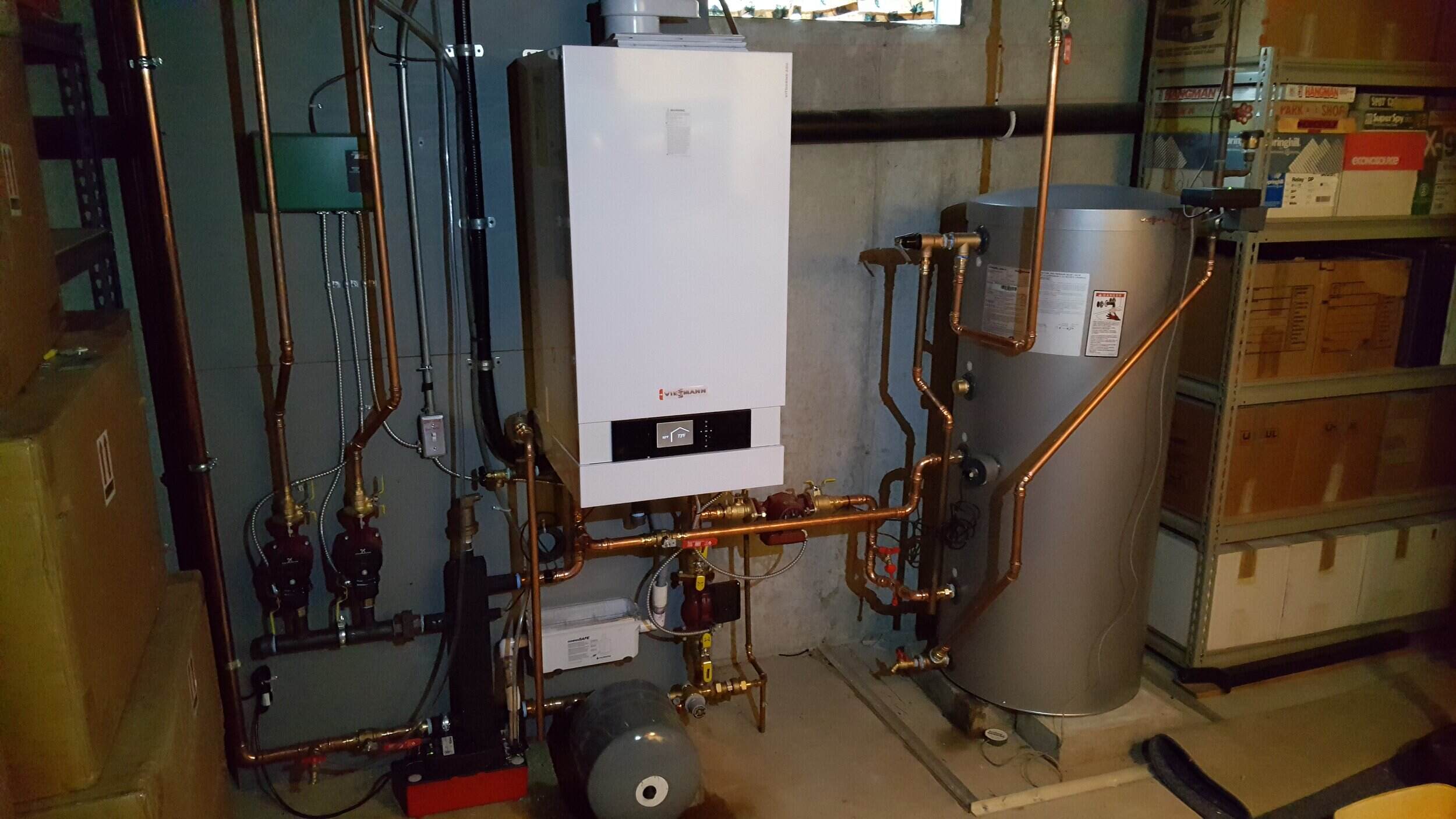
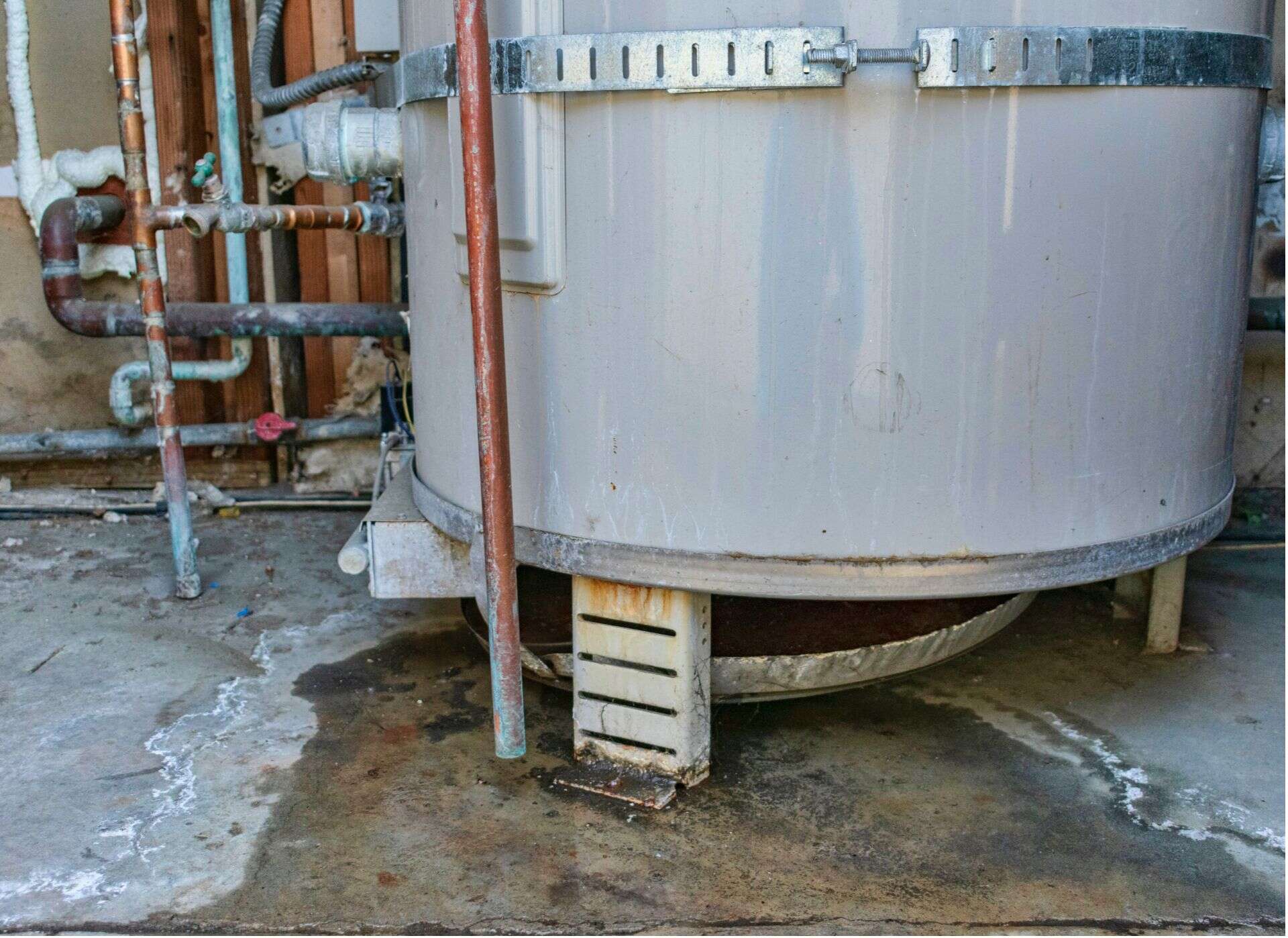
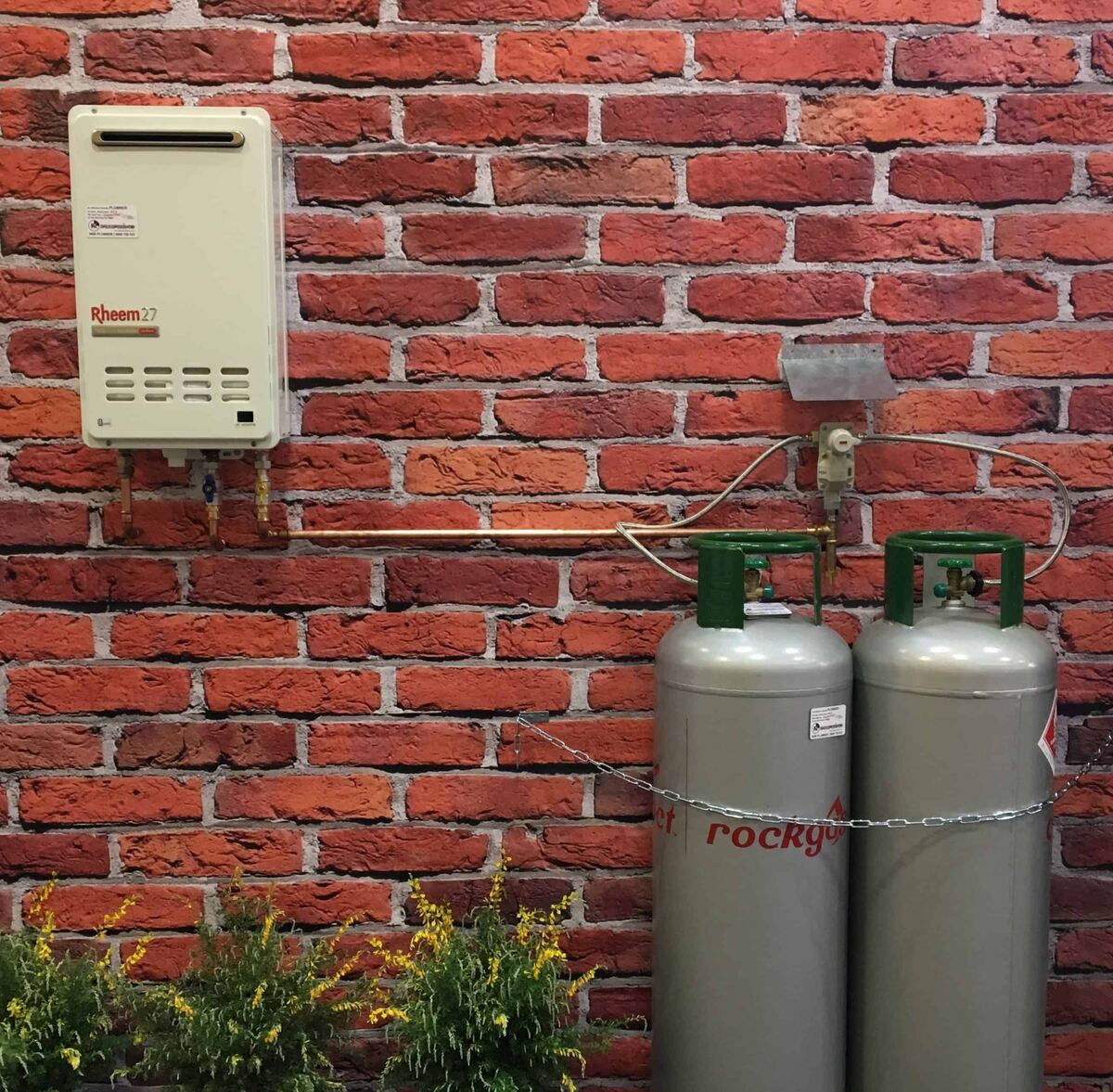
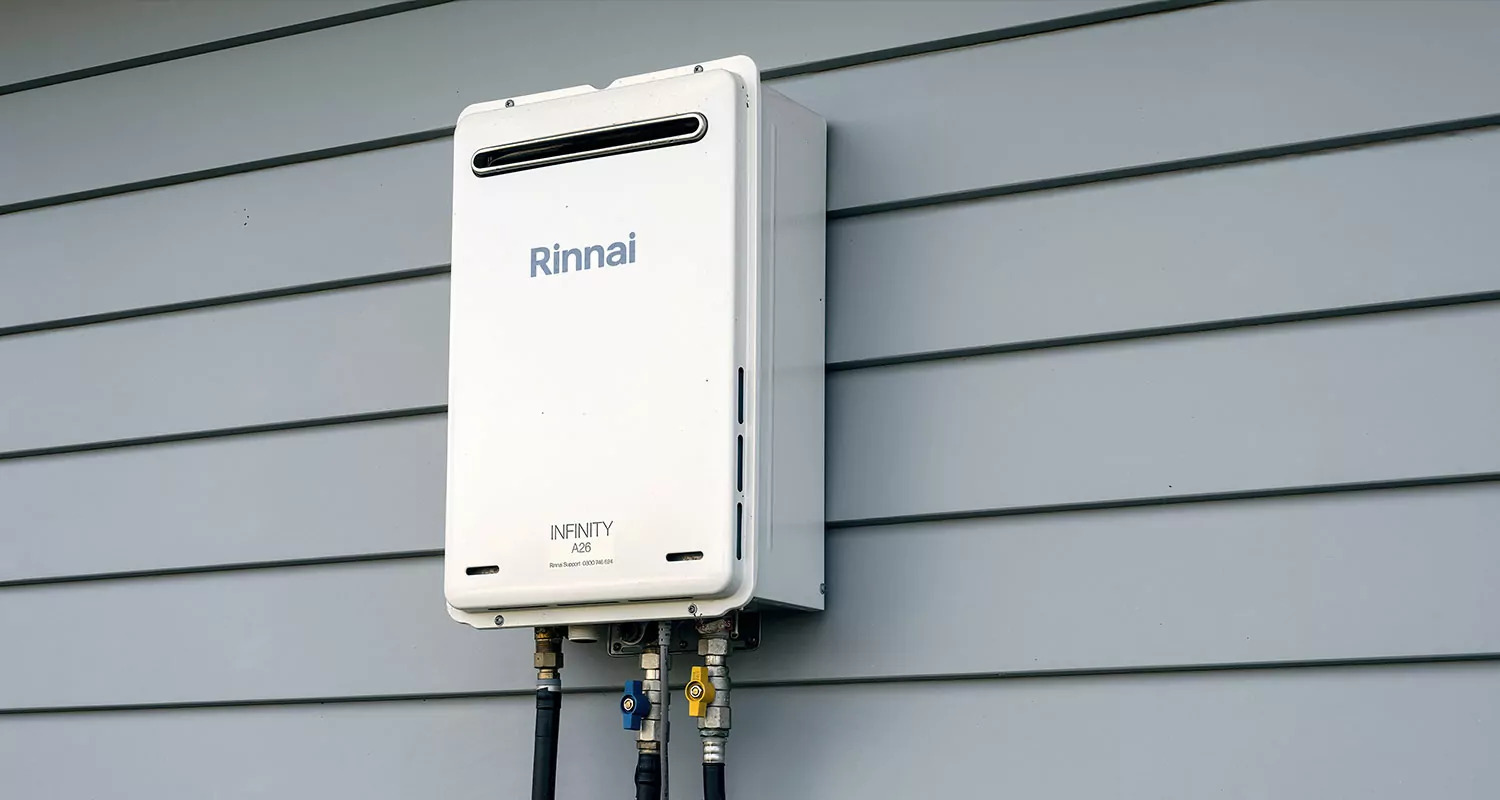
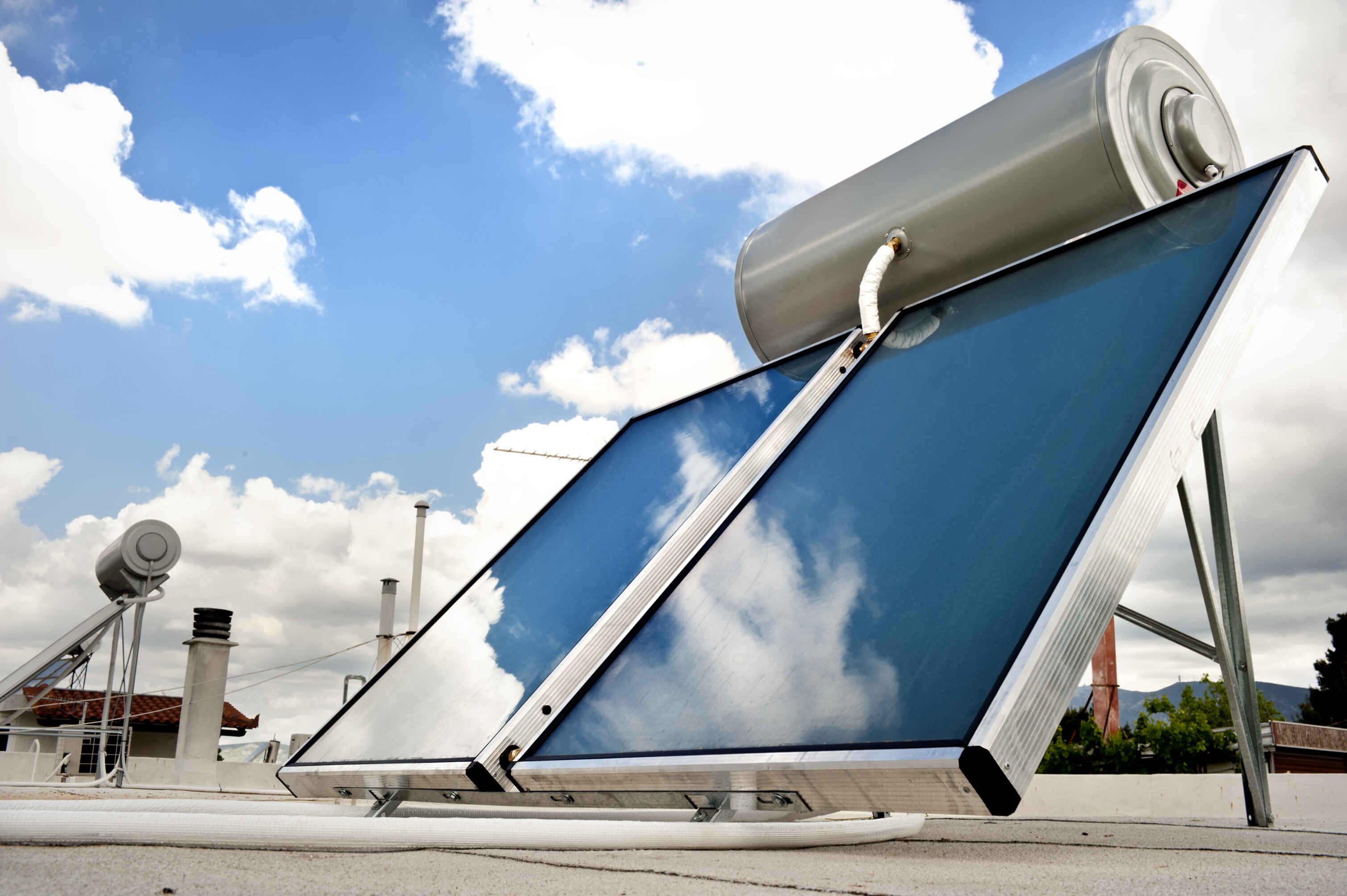
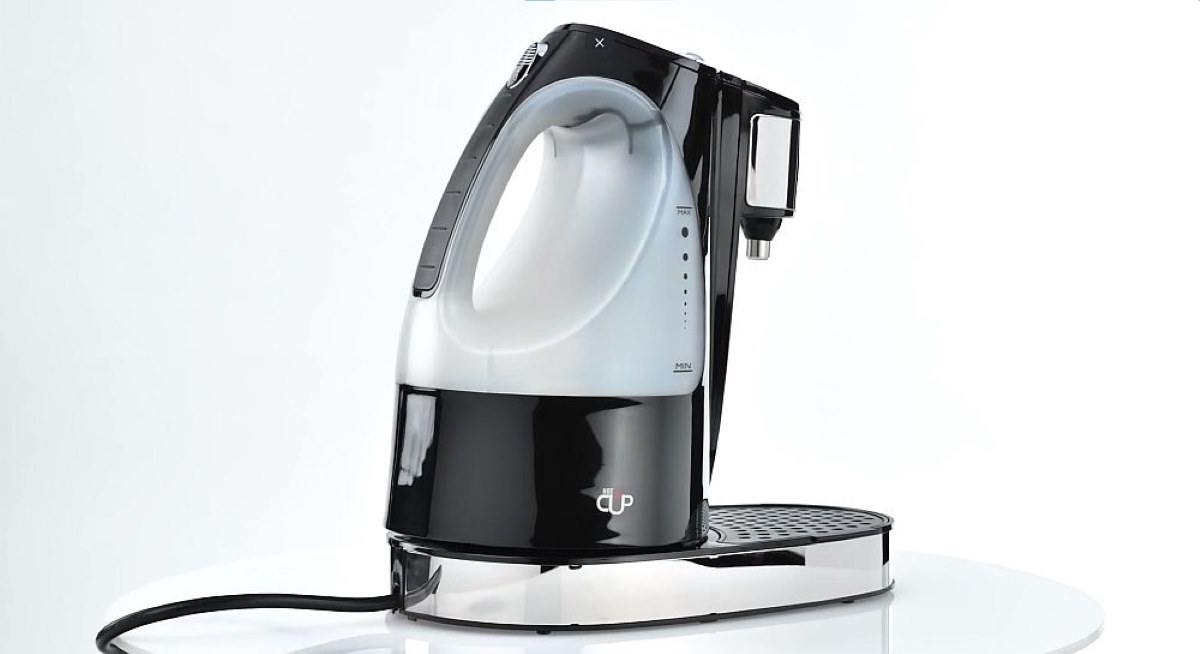
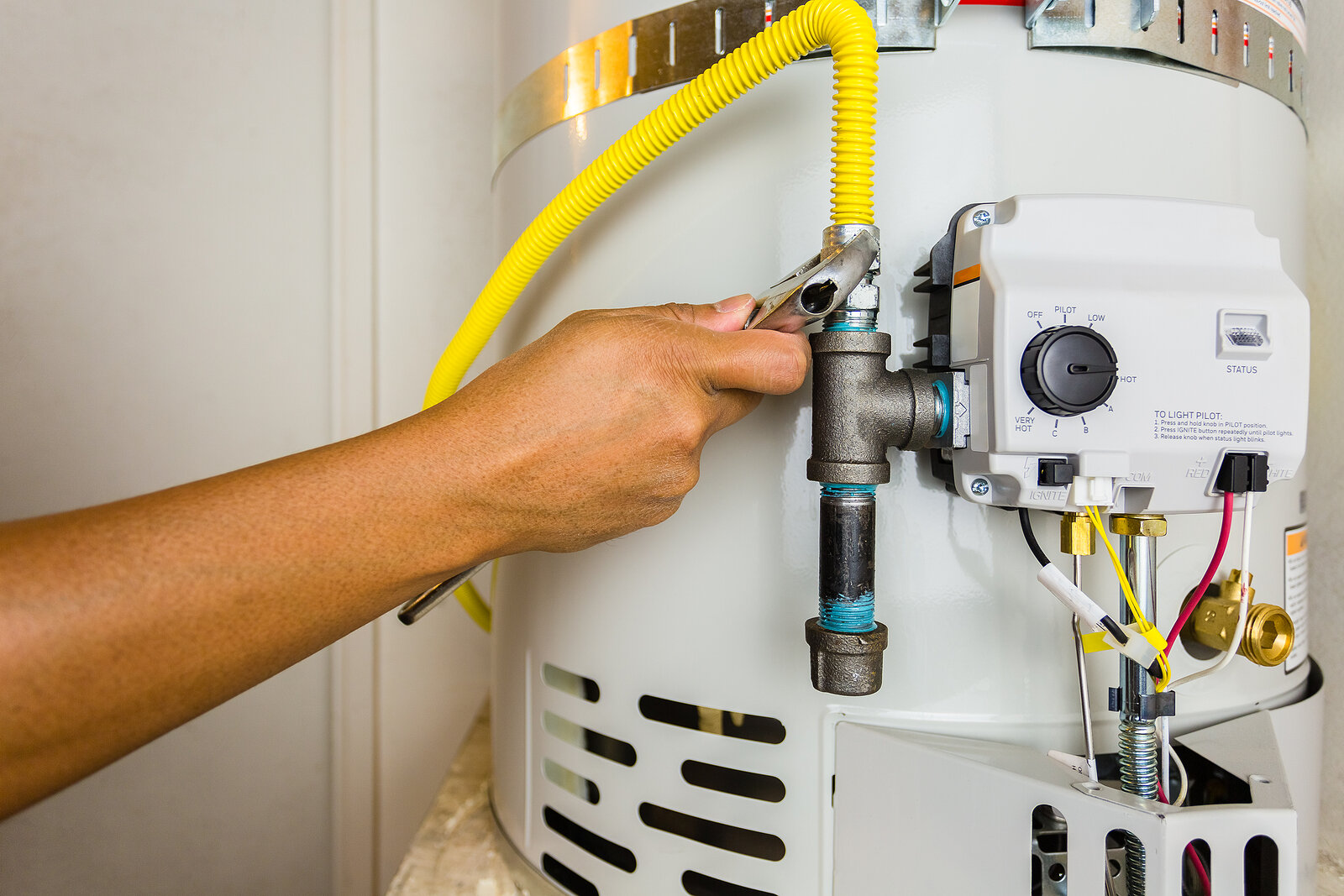
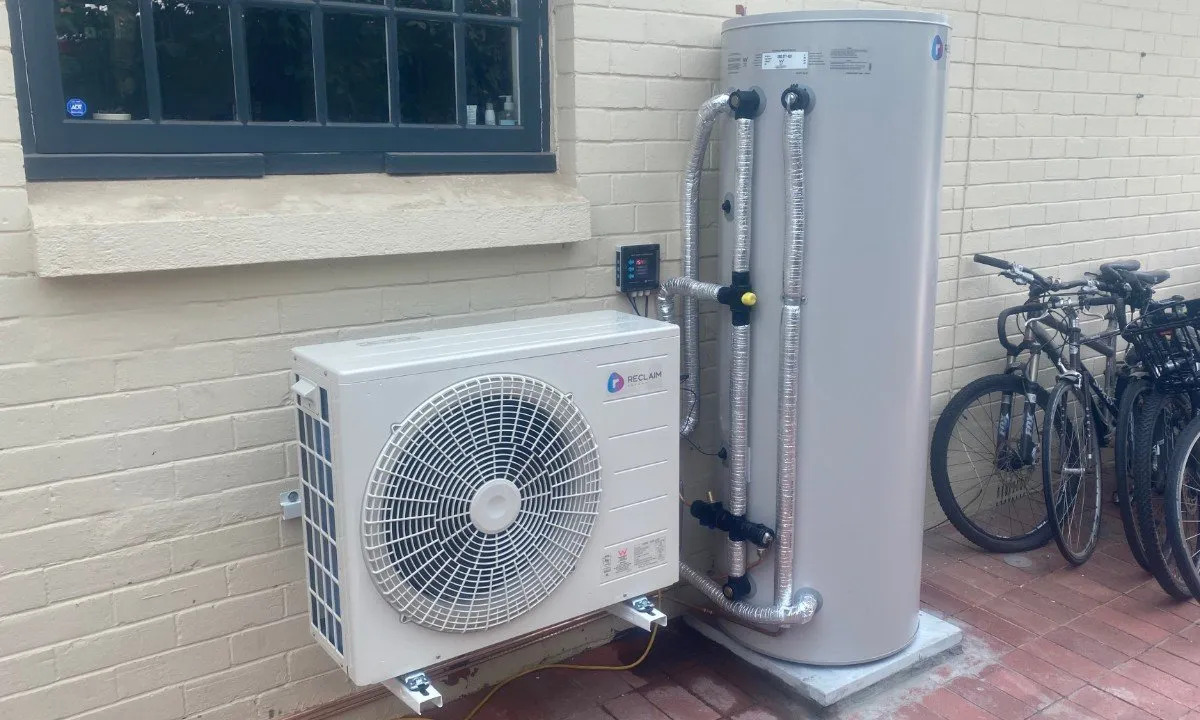
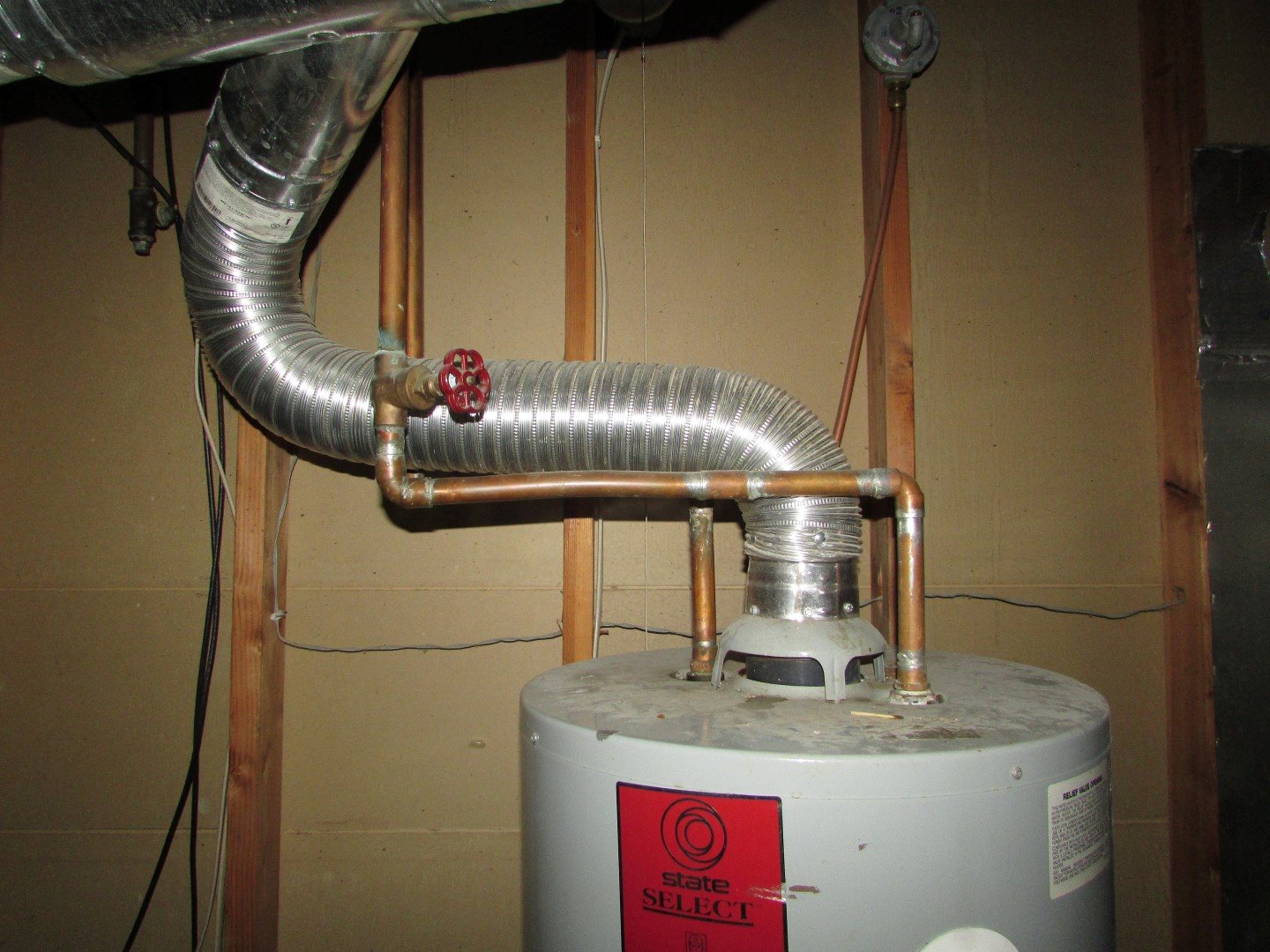
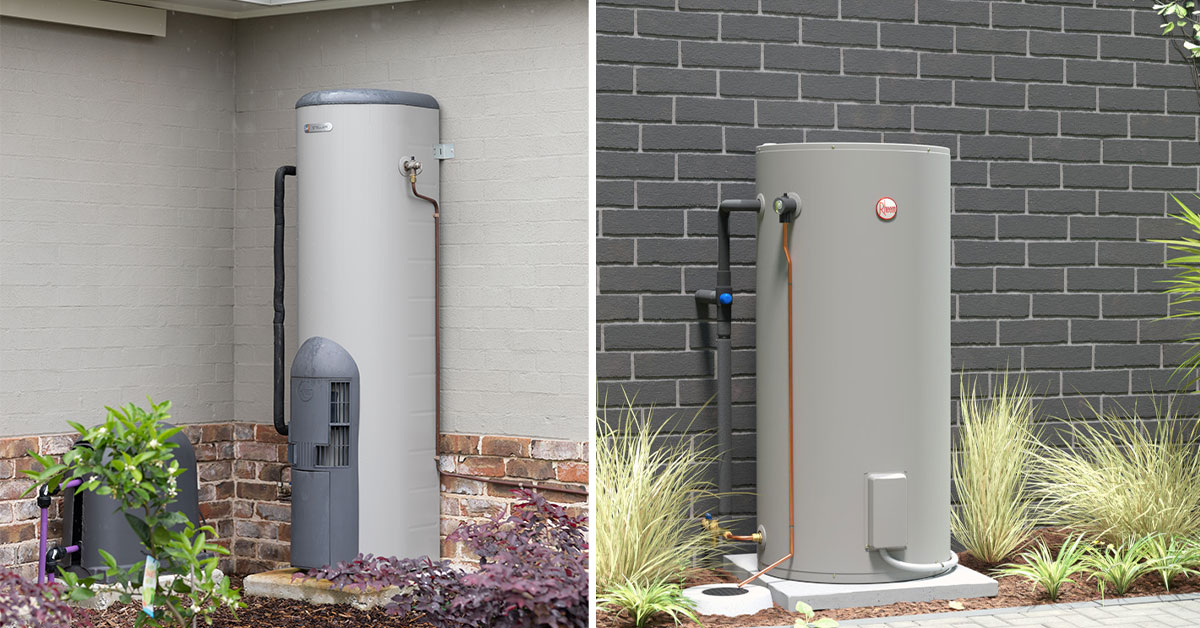
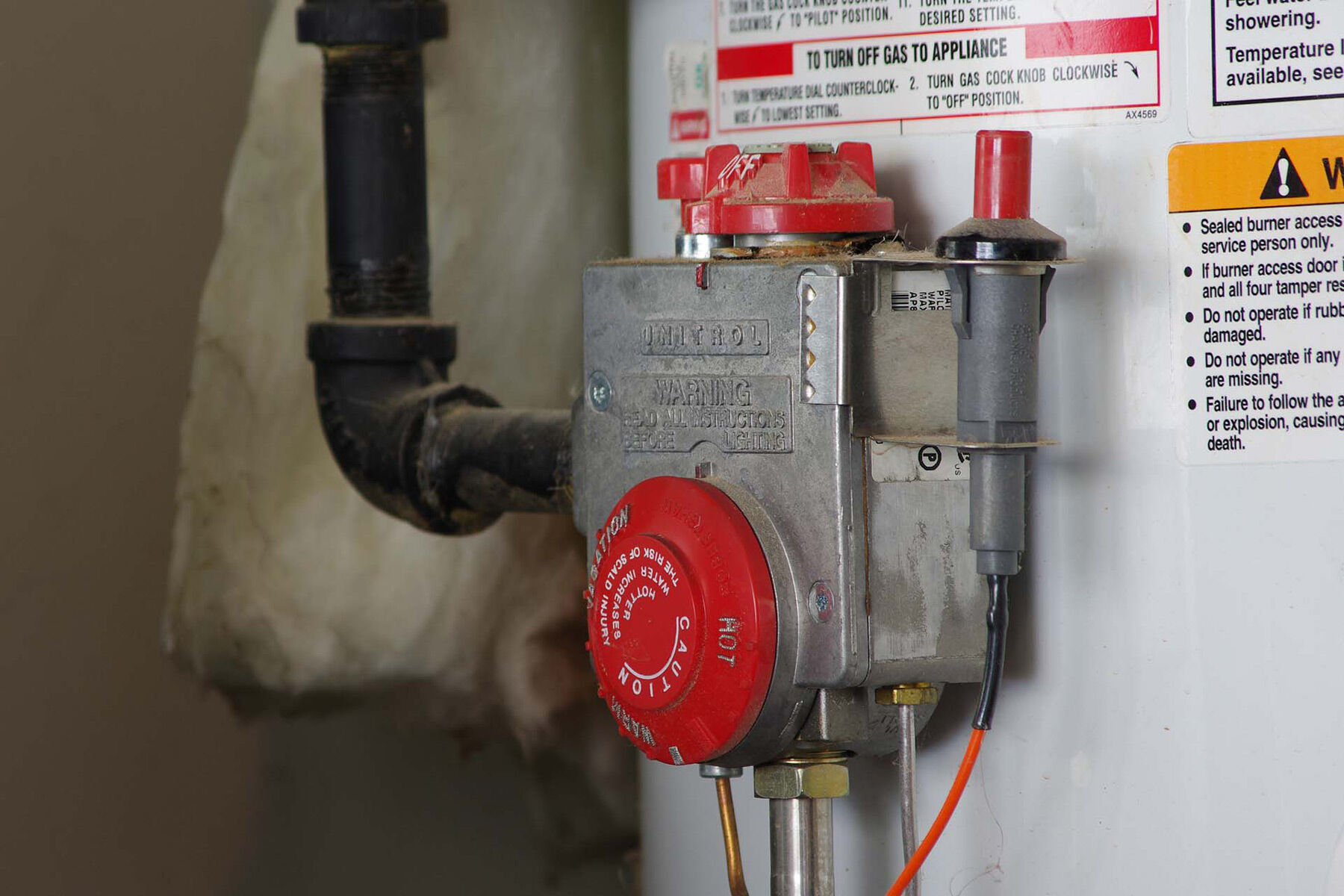
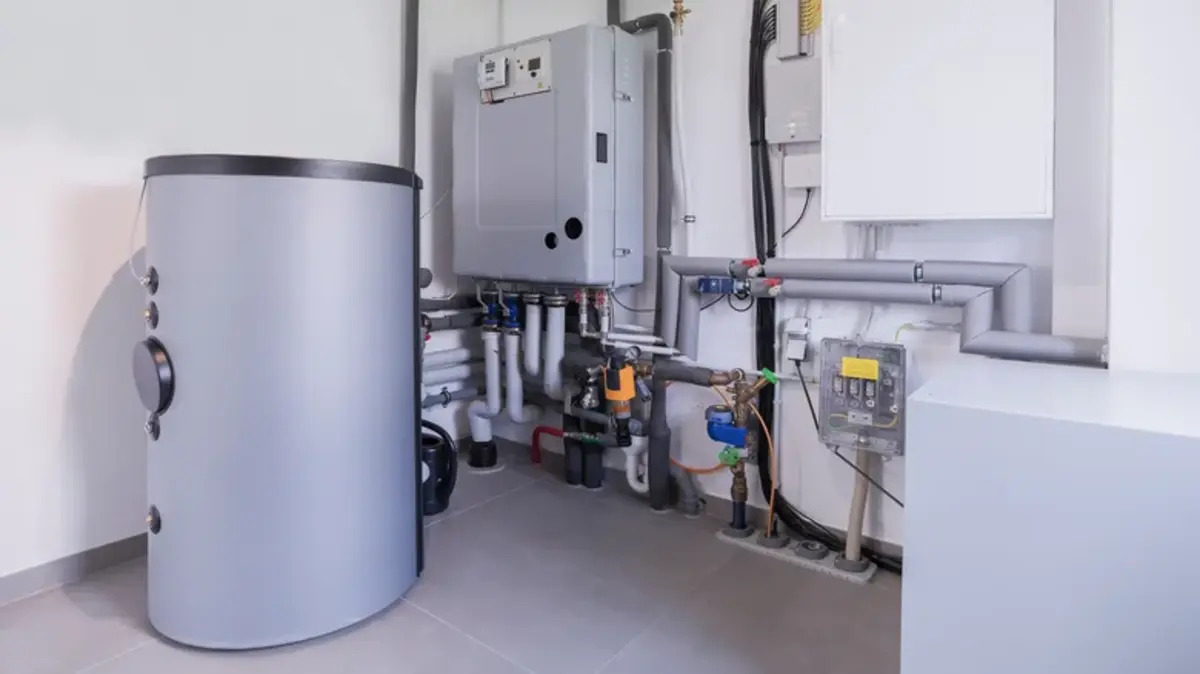
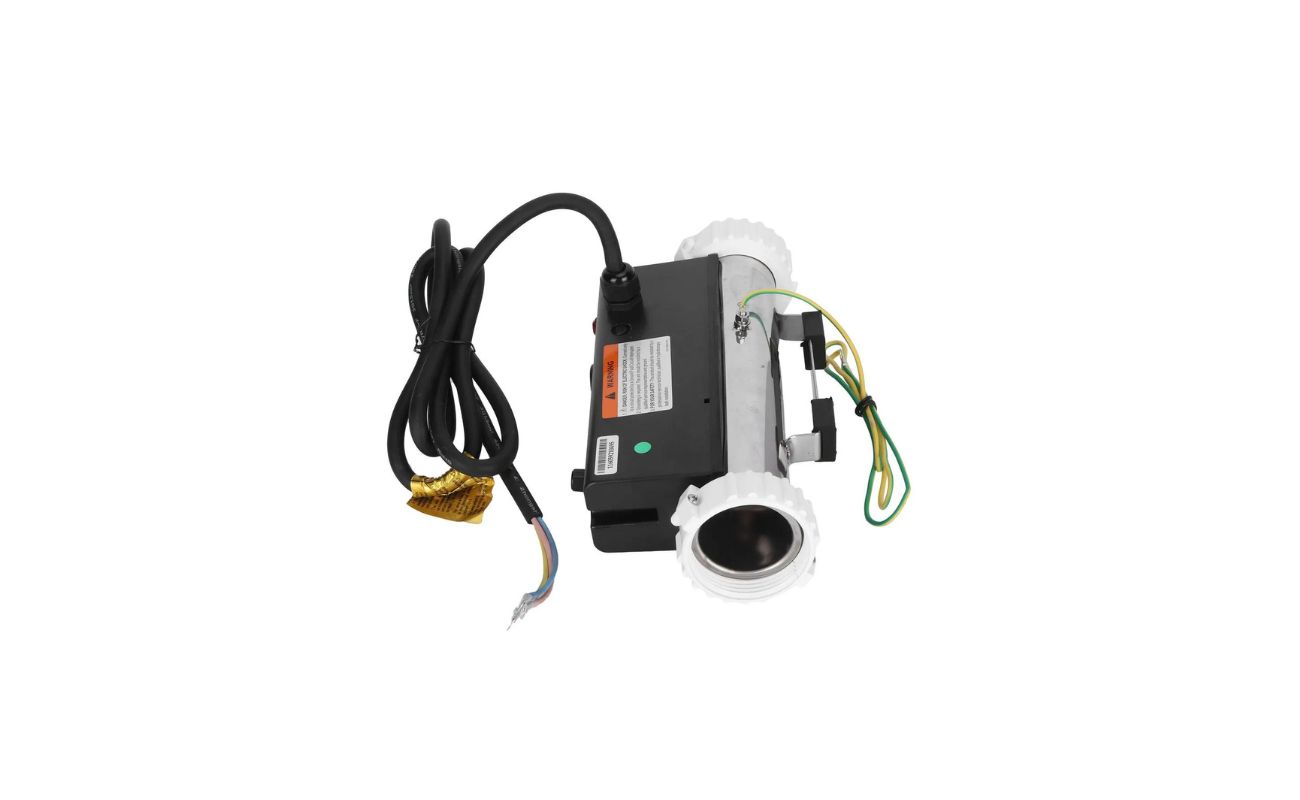

0 thoughts on “How Does A Gas Hot Water Heater Work”